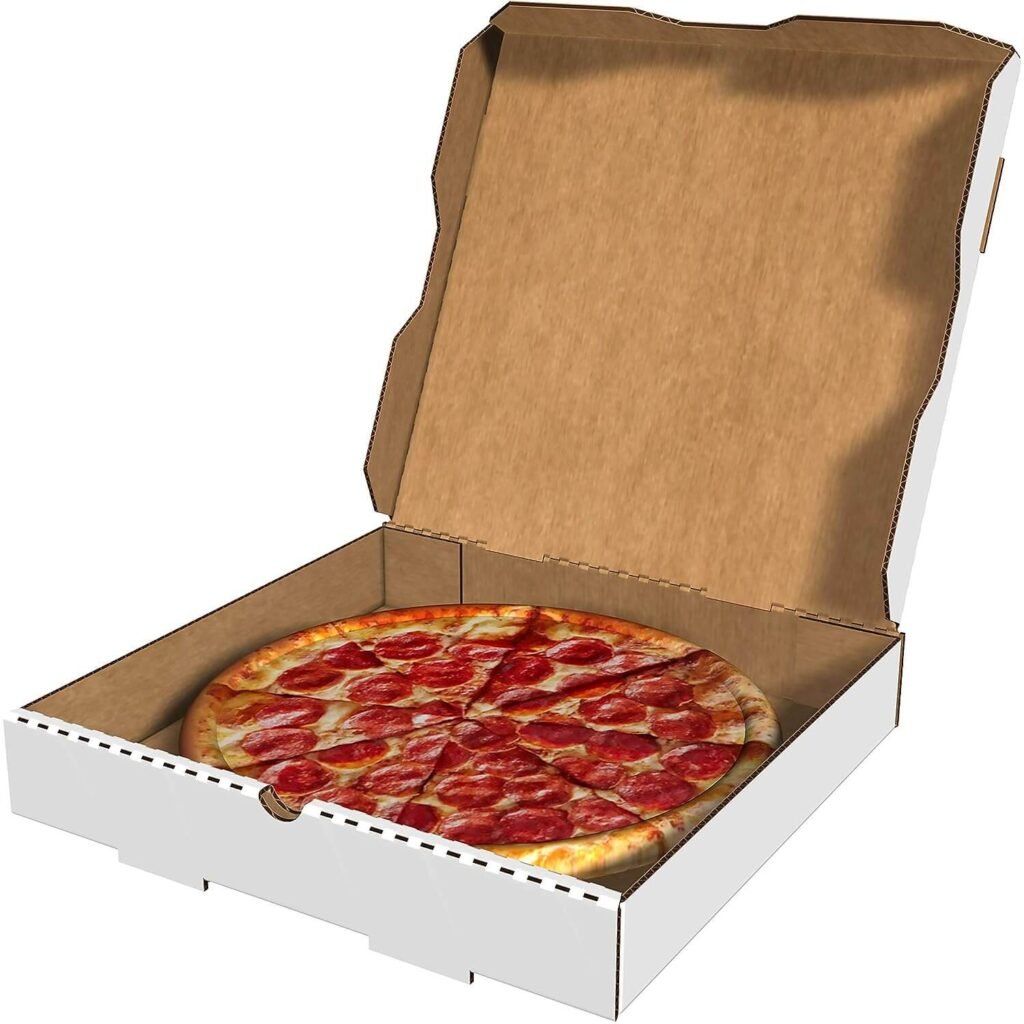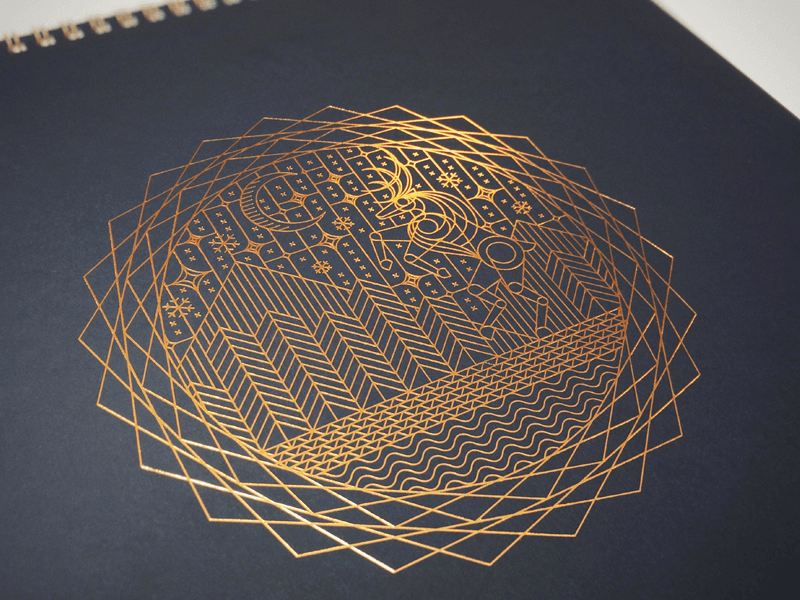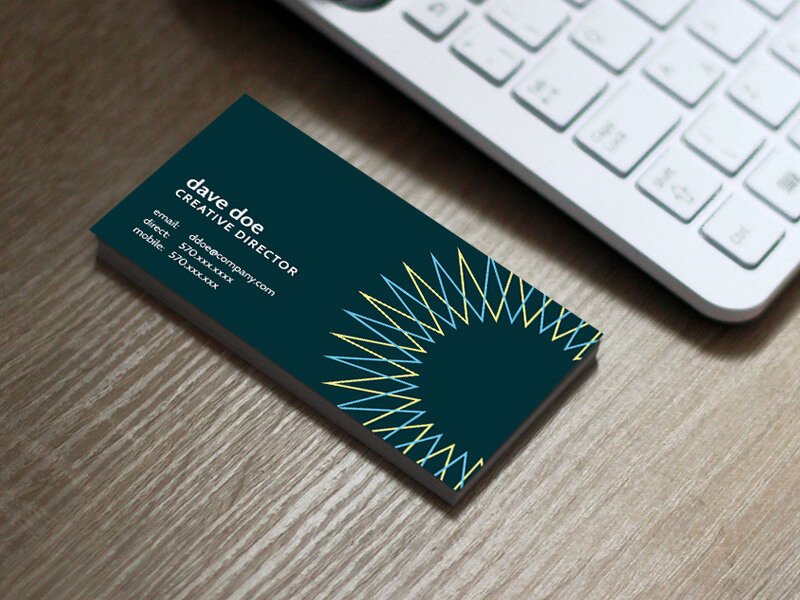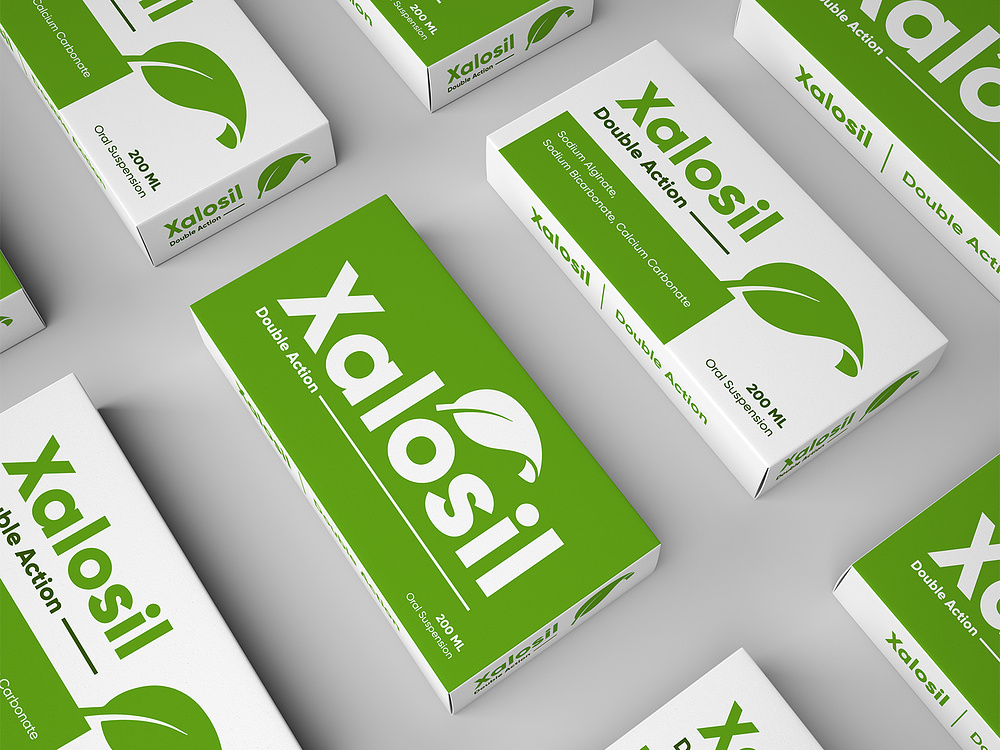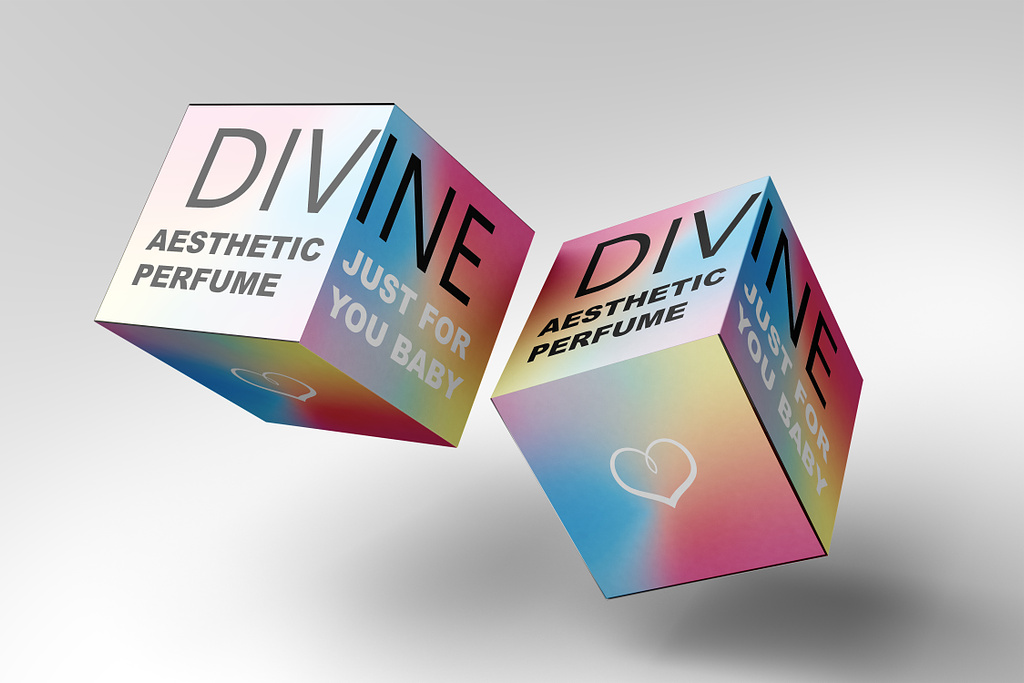Printing is an essential part of every business, and there are different printing methods available in the market. However, one of the most popular and widely used printing techniques is offset printing. Offset printing is a reliable and cost-effective method that produces high-quality prints, making it an ideal choice for both commercial and personal printing needs.
In this article, we will dive into the world of offset printing, exploring its history, benefits, and uses. We will also compare offset printing to other printing techniques, providing you with a comprehensive guide to offset printing.
What is Offset Printing?
What is Offset? Offset printing, also known as offset lithography, is a printing technique that involves the transfer of ink from a plate to a rubber blanket and then to the printing surface. The ink is not directly applied to the paper, but instead, it is transferred to an intermediary surface before being applied to the final paper. This process is known as offsetting, hence the name offset printing.
Offset printing is typically used for high-volume printing jobs such as brochures, magazines, books, and newspapers. It is a highly efficient printing method that produces high-quality prints with crisp and clean images and text.
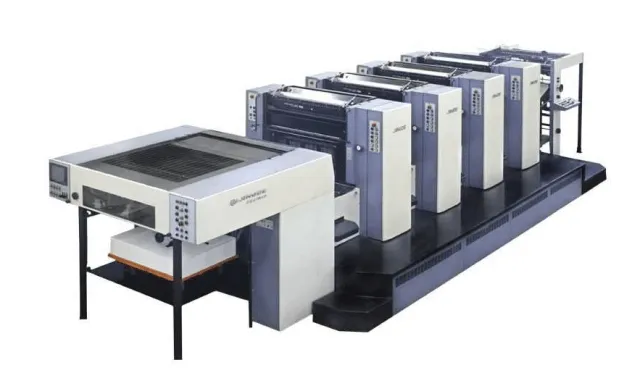
The History of Offset Printing
Offset printing has a long and interesting history that dates back to the 1800s. The earliest offset printing machines were developed in the late 19th century, but it wasn’t until the 20th century that offset printing became popular.
One of the key figures in the development of offset printing was Ira W. Rubel, who is credited with inventing the first offset printing press in 1903. Rubel’s press used a rubber blanket to transfer ink from a metal plate to paper, and it quickly became the standard for offset printing.
Over the years, the technology behind offset printing has improved, and today’s offset printing machines are more efficient and produce higher-quality prints than ever before.
The Benefits of Offset Printing
Offset printing offers several benefits over other printing techniques, including:
High-Quality Prints: Offset printing produces high-quality prints with sharp, clean images and text. The ink is transferred to the paper using a rubber blanket, which ensures that the ink is applied evenly and with precision.
Cost-Effective: Offset printing is cost-effective for high-volume printing jobs. The cost per print decreases as the number of prints increases, making it an ideal choice for businesses that require large quantities of printed materials.
Versatility: Offset printing can be used on a wide range of paper stocks, including coated and uncoated paper, as well as other materials such as plastic and metal.
Speed: Offset printing is a fast printing method that can produce thousands of prints per hour.
Color Consistency: Offset printing produces consistent colors across multiple prints, ensuring that your brand colors are accurately reproduced on all printed materials.
Large Print Runs: Offset printing is ideal for large print runs, making it the preferred choice for publishers, advertisers, and businesses that require large quantities of printed materials.
Eco-Friendly: Many offset printers now utilize environmentally friendly practices, such as using soy-based inks, recycling paper waste, and employing energy-efficient machinery. These measures help reduce the environmental impact of the printing process.
The Drawbacks of Offset Printing
There are also some disadvantages of offset printing that you should consider:
High setup costs: The setup costs for offset printing can be expensive, especially for smaller print runs.
Longer turnaround times: The setup process for offset printing can take longer than other printing methods, which may not be suitable for projects with tight deadlines.
Limited flexibility: Once the plates are made, changes to the design can be difficult and costly.
Unsuitable for printing on uneven surfaces: Offset printing is not suitable for printing on uneven or three-dimensional surfaces.
In summary, offset printing is a high-quality, versatile, and cost-effective printing method that is suitable for larger printing runs with consistent and accurate results. However, it may not be the best option for smaller print runs, projects with tight deadlines, or printing on uneven surfaces.
How Offset Printing Works: A Step-by-Step Breakdown
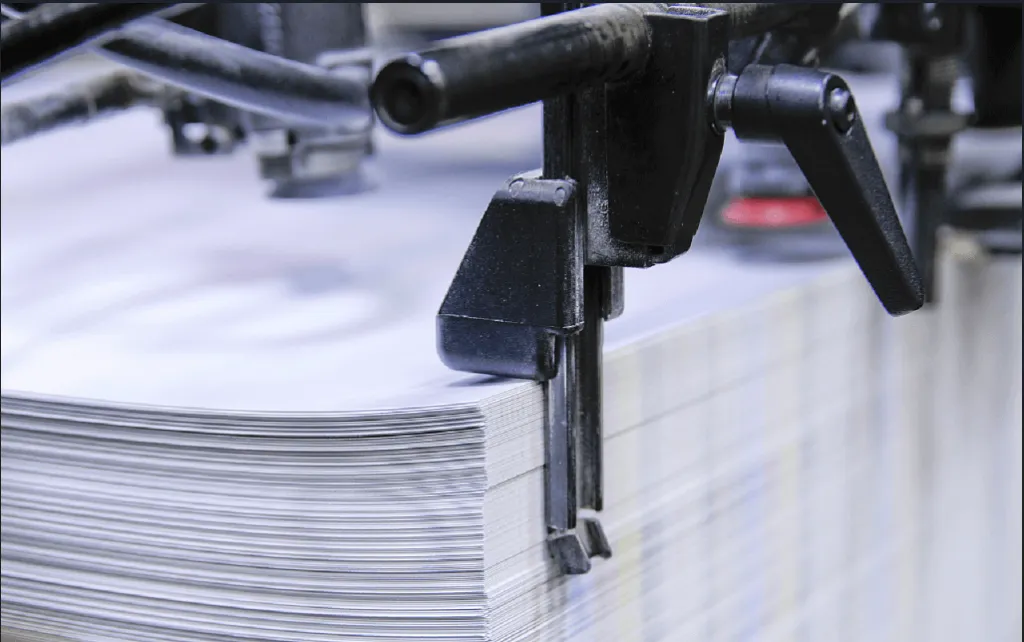
Offset printing may seem like a complex process, but it can be broken down into a series of straightforward steps:
Image Preparation: The first step in offset printing is to create a high-resolution digital image or design. This image is then separated into four primary colors – cyan, magenta, yellow, and black (CMYK) – to produce color-separated plates.
Plate Making: Each color-separated image is etched onto a metal plate, usually made of aluminum. These plates are coated with a photosensitive emulsion, which hardens when exposed to light. The unexposed areas are then washed away, leaving a precise etched design on the plate.
Ink Mixing: Offset printing relies on the Pantone Matching System (PMS) to ensure accurate color reproduction. The ink is custom-mixed to match the exact Pantone colors specified in the design.
Press Setup: The metal plates are mounted onto the printing press, with each color assigned to a separate printing unit. Each unit contains an ink fountain, which holds the corresponding ink color, and a series of rollers that distribute the ink evenly onto the plate.
Printing Process: As the press begins to run, the ink is transferred from the plate to the rubber blanket, which is mounted on a cylinder. The paper is then fed through the press, and the rubber blanket presses the ink onto the paper as it passes through each printing unit. This process is repeated for each of the CMYK colors, resulting in a full-color print.
Finishing: Once the printing is complete, the printed sheets are cut, folded, and bound as necessary. Additional finishing processes, such as varnishing, laminating, or embossing, can also be applied to enhance the final product.
Modern Offset Lithography
What is Offset lithography? Offset lithography is a printing technique that has been around for more than a century. Offset lithography printing is a versatile and efficient method of printing that is widely used for producing high-quality prints, ranging from newspapers and magazines to packaging and promotional materials. Modern offset lithography has come a long way since its inception and has undergone significant improvements in technology and materials, resulting in more precise and efficient printing.
The basic principle of offset lithography involves transferring ink from a printing plate onto a rubber blanket, which then transfers the image onto the paper or other substrate. This is achieved through the use of plates that are chemically treated to create a pattern of ink-receptive and ink-repellent areas. When the plate is inked, the ink adheres only to the areas that are receptive, leaving the non-image areas clean.
Modern offset lithography has evolved to become a highly automated process that utilizes computer-controlled equipment, making it possible to produce prints with high precision and consistency. One of the most significant improvements in modern offset lithography is the use of digital technology, which has revolutionized the printing industry.
Digital offset lithography involves the use of computer-to-plate (CTP) technology, which eliminates the need for film and the associated labor-intensive prepress work. CTP allows printing plates to be created directly from digital files, which reduces turnaround time and costs while improving quality.
In addition, modern offset lithography has seen advances in materials such as inks, papers, and blankets. The development of UV-curable inks, for example, has improved the printing process by enabling faster drying times, increased durability, and improved color consistency. Specialty papers, such as those with unique textures and finishes, have also expanded the creative possibilities of offset lithography.
Another significant development in modern offset lithography is the use of automation and robotics. Computer-controlled equipment, such as automated plate loaders and press controls, has made the printing process more efficient and reliable. Robotic systems have also been introduced to handle tasks such as ink mixing, plate loading, and job setup, further reducing labor costs and increasing productivity.
Furthermore, advances in offset lithography have also addressed environmental concerns. The development of low-VOC (volatile organic compound) inks, for example, has reduced the amount of harmful emissions released during the printing process. Additionally, the use of digital technology has reduced the amount of waste generated by the printing process by minimizing the need for prepress materials such as film and plates.
In conclusion, modern offset lithography has come a long way since its inception, and it continues to evolve. Advancements in digital technology, materials, and automation have made the process more efficient, precise, and environmentally friendly. As a result, offset lithography remains a popular choice for high-quality printing in a wide range of industries.
What’s the Difference Between Offset Printing and Digital Printing?
In the world of printing, there are two primary methods: offset printing and digital printing. Both have their advantages and disadvantages and choosing the right method for your project can make a big difference in the outcome. So, what’s the difference between offset printing and digital printing?
Offset printing, also known as lithography, is a traditional printing method that involves transferring ink from a metal plate to a rubber blanket and then onto the paper. The metal plate has the design to be printed etched onto its surface, and the ink adheres only to the areas with the design. This process allows for high-quality prints with vibrant colors and sharp images.
One of the main advantages of offset printing is that it is cost-effective for high volume printing. It can produce large quantities of prints quickly and efficiently, making it an excellent choice for commercial printing jobs such as brochures, catalogs, and magazines. Offset printing also allows for the use of a wider range of paper types and thicknesses, including specialty papers such as glossy or matte finishes.
However, offset printing does require a setup process that can take time and incur additional costs. Each color used in the design requires a separate plate, which can add to the setup time and cost. Offset printing also has a longer turnaround time than digital printing, as the ink needs time to dry before finishing and packaging.
Digital printing, on the other hand, is a newer printing technology that involves transferring the design directly from a digital file to the printing substrate, such as paper or vinyl. The ink is applied in layers using toner or inkjet technology, creating a high-quality print with sharp images and vibrant colors.
One of the main advantages of digital printing is that it is cost-effective for smaller printing jobs. There is no need for a setup process, so printing can begin immediately after the digital file is prepared. Digital printing is also ideal for printing variable data such as personalized letters or mailers, as each print can be customized without incurring additional setup costs.
However, digital printing does have some limitations. It may not be suitable for larger printing jobs, as the cost per unit can be higher than offset printing for larger quantities. Digital printing also has a narrower range of paper types and thicknesses that can be used, which may limit options for specialty finishes or coatings.
In summary, offset printing is a traditional printing method that is cost-effective for high-volume printing jobs and offers a wider range of paper types and finishes. Digital printing is a newer technology that is ideal for smaller printing jobs and allows for customization and variable data printing. Both have their advantages and limitations and choosing the right method for your project will depend on your specific need.
Choosing the Right Printing Method for Your Project
While offset printing offers numerous benefits, it’s essential to carefully consider whether it’s the best fit for your specific project. Here are a few factors to keep in mind:
- Print Run Size: Offset printing is most cost-effective for large print runs. If you require a smaller volume of prints, digital printing may be a more suitable option.
- Turnaround Time: Offset printing typically takes longer to set up and complete than digital printing. If you need your project completed quickly, digital printing may offer a faster turnaround.
- Customization: Digital printing allows for variable data printing, enabling you to personalize each print with unique information. If your project requires individual customization, digital printing is likely the better choice.
Conclusion
Offset printing is a powerful printing technique that has been widely adopted across various industries due to its ability to produce high-quality, consistent, and cost-effective prints. Its versatility makes it an ideal choice for printing a range of products, including business cards, brochures, and magazines, among others. Despite the rise of digital printing technologies, offset printing remains relevant and popular, thanks to its ability to produce prints with sharp, clean, and vibrant images. Its reliability and consistency make it an excellent choice for businesses and brands looking to create professional and polished marketing materials.
If you are interested in finding out more about offset printing or our other printing processes, or if you require a quote for your packaging needs, we invite you to get in touch with Fuyopackaging. Our team will be happy to provide you with a free quote and take the time to understand your product, your packaging vision, and the tone you wish to convey with your brand. We offer a comprehensive range of packaging design and printing services and look forward to working with you to bring your product packaging vision to life. Don’t hesitate to contact us today!



